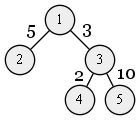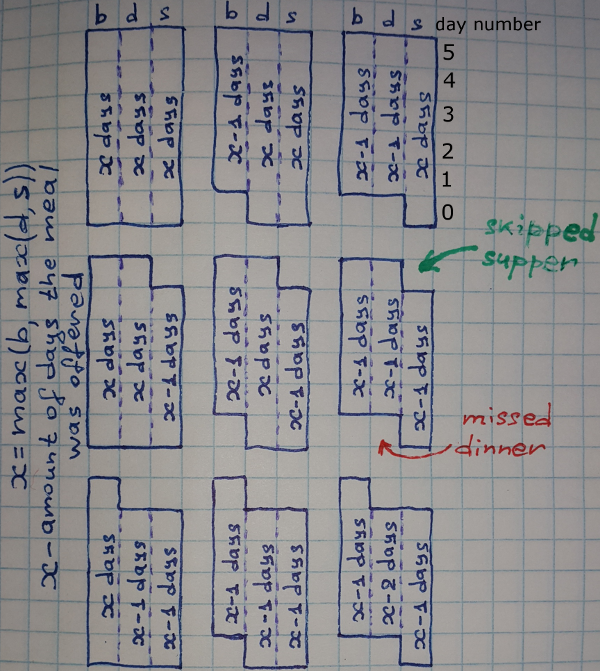Про гениальность, различие способностей и морфогенез. Интересная беседа, мне понравилось, как Савельев доступно рассказывает про формирование нашего мозга и различие его структур от человека к человеку.
Наверное, этот пост в первую очередь для меня, чтобы в будущем пересматривать это видео и показывать его друзьям и знакомым при беседе :)














